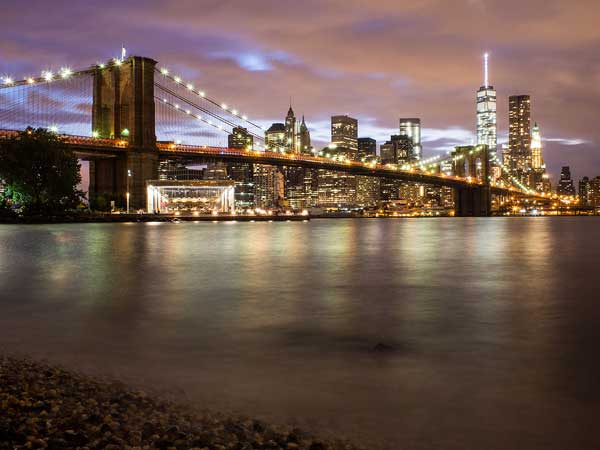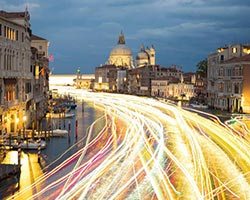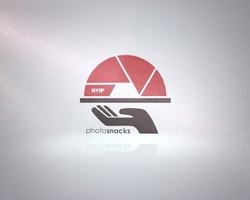The New York Institute of Photography is one of the world’s largest photography schools and because we are, we often publish fun and useful photography tips on our photography blog. Please enjoy!
When I arrive in Italy for a two week photo shoot, I won’t have a full frame sensor, nor will I carry an APS-C camera body. I traded these in long ago. What I will have however is a micro four-thirds system and a deep understanding of how to use it to my advantage. Yes it’s true; I believe it’s possible to take better landscape photos with a smaller sensor. There, I said it; but before you rant in the comment area, allow me to explain why I make this claim.
1. Bigger is Not Better
When it comes to great depth of field, a bigger sensor is not better. In fact, it’s easier to achieve great depth of field with a smaller sensor. For example, an aperture of f5.6 on a micro 4/3 camera provides the equivalent depth of field to f8 on an APS-C and f11 on a full frame model. This provides the micro 4/3 user with 1-2 extra stops of light while still creating sharp focus from near to far. Since you’re not stopping down the lens all the way, the image doesn’t suffer from diffraction.
2. A Head to Head Comparison
For the same exposure and equivalent depth of field, here is an example of how the sensor size would affect the settings.
Micro 4/3: 1/125, f5.6, ISO 200
APS-C: 1/125, f8, ISO 400
Full Frame: 1/125, f11, ISO 800
This is summed up nicely by Cambridge in Colour who note, “...if you wish to maintain the same depth of field, larger sensor sizes do not necessarily have a resolution advantage.”
3. In Practice, There is No ISO Advantage
Since you are achieving more depth of field with wider apertures, you can use a lower ISO. This is important to understand as it means your overall image quality improves. This essentially erases any benefit the full frame sensor offered with regards to noise levels. Where a micro 4/3 user can shoot at ISO 800 and f4, the full frame user has to shoot at ISO 3200 and f8. Couple this with in-camera image stabilization and the advantage is further increased.
4. You Can’t See the Difference
If it’s good enough for the most demanding stock agencies, looks great in large prints, and shows up well on the web, it’s good enough for me. A larger sensor is not going to make your photos better just as expensive golf clubs won’t make you a pro golfer. This simple reality doesn’t stop camera companies from trying to sell you on the idea that bigger is better. Now, for pixel peepers, and those who shoot charts, you may be able to claim otherwise. In reality though, the results are clear. We’ve reached a point where image quality is great across all sensor types. Go to my website and try to see which images were taken with what camera. It’s impossible to tell the difference even though I used a plethora of camera bodies and sensor sizes.
5. They Are Less Portable
With a full frame camera, the lens needs to be large in order to cover the sensor. This means the lenses are heavier, and harder to carry around all day. Portability is what’s made smartphones the most popular cameras on the planet. They are with you all the time. The same is true with a smaller sensor. You save about half the weight, making it possible to hike further and shoot longer. This can be the difference between getting the shot, and missing it altogether.
Want to learn more? NYIP offers accredited photography classes that can help you learn photography or start a new career. Request your free course catalog today!







